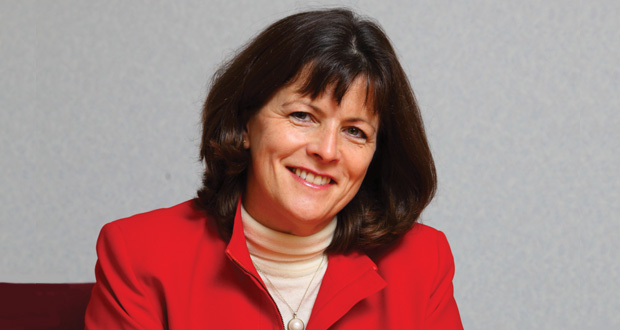
Although the rate of growth was strong, the increase was not as high as the 8% annual hike seen in December.
Analysts from the Office for National Statistics (ONS) data who used Land Registry data to produce the figures said there was likely to be ‘increased volatility’ on its estimates because fewer transactions were available in expected in January.
North-South divide
However, it revealed the area with the biggest growth was the North West of England, where prices went up by 12% annually in January. The lowest was the West Midlands (4.7%).
Of all the UK regions, Wales showed the biggest growth of 9.6% with England at 7.5%, Scotland experiencing house prices rises of 6.9% and Northern Ireland seeing hikes of 5.3% on average.
Jonathan Hopper, CEO of Garrington Property Finders, said prices were still growing at ‘a prodigious rate’.
And he noted new hotspots were emerging which were driving a reversal of the North-South divide.
“Impressive though it is, this data comes with a health warning,” he added. “Even though estate agents were open for business – and able to conduct physical viewings – in January and February, the vast majority of completed sales had been working their way through the pipeline for months.
“But even if the number of new transactions has slipped since the start of 2021, the extension of the Stamp Duty deadline and a rising sense of optimism should translate into a second surge in activity as lockdown restrictions are eased.”
Detached homes
The preference for detached homes was also still strong with the average price of detached properties rising by 8.6% in the year to January 2021.
In comparison the average price of flats and maisonettes rose by 2.6% over the same period.
Karen Noye, mortgage expert at Quilter said today’s data revealed how the pandemic had changed our tastes when it came to housing stock.
“The working from home revolution, coupled with people having a desire for more outside space, has meant that semi-detached houses have seen the biggest increase of all property types, growing by 9.1%, while flats comparatively have only increased by 2%” she said.
“Following months of people being trapped in their homes, with those suffering the most in flats and high rises, this should come as no surprise.
“Similarly, big cities such as London have seen much more modest increases as people are possibly choosing to live further out as companies and workers embrace more flexibility and less time in the office.”
Correction
Noye thought, with so much money being pumped into the housing sector causing house prices to inflate so buoyantly, it may only be a matter of time before the bubble burst.
“The more you pump the balloon,” she explained, “the more likely it is to pop so a house price correction is certainly a possibility at least in the medium term.
“While the mortgage guarantee scheme is fantastic for giving first-time buyers a helping hand to get onto the property ladder, it does leave them exposed to the problems of negative equity if house prices do drop in the future and is something they should be cautious about.”



